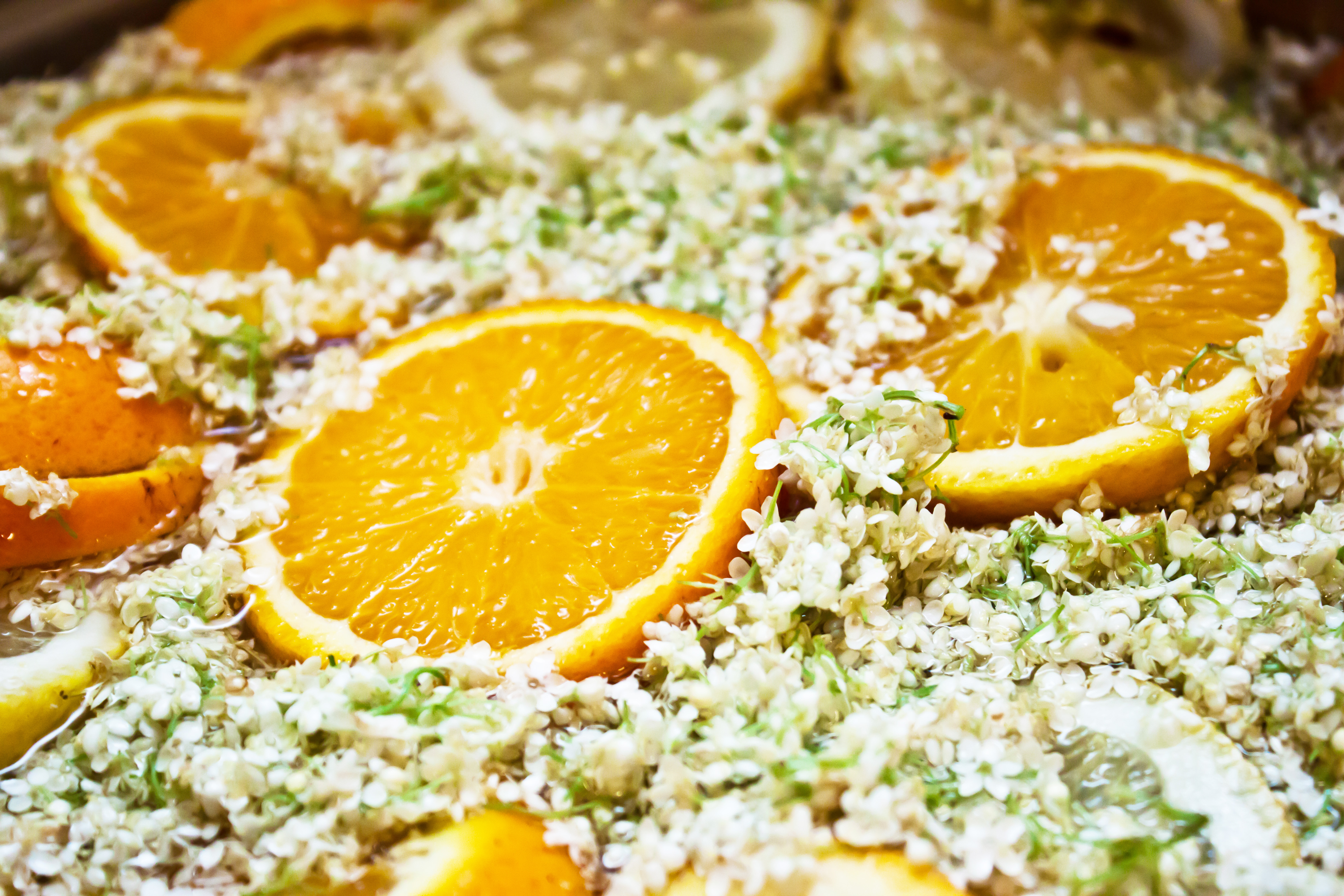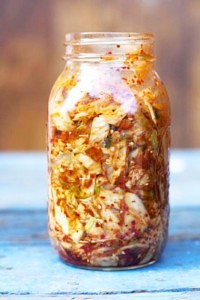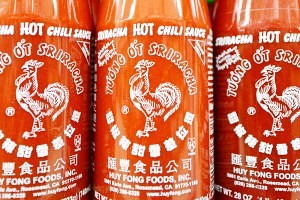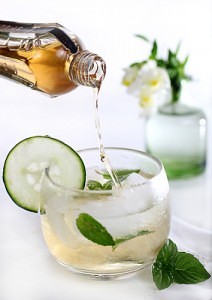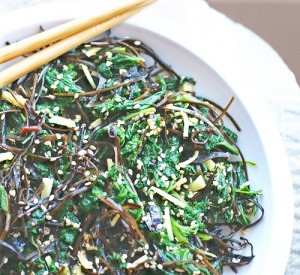The foodie’s love affair with all things exotic is set to continue in 2015. Kate Boyle discovers some surprising fads to keep an eye on
Kimchi
This traditional Korean dish has received a lot of western attention lately. Renowned Australian chef, Neil Perry, has revolutionised the sticky, sour cabbage condiment into a Kimchi-slaw – a coleslaw that’s bound to challenge our burger-eating habits. Kimchi is created by salting and preserving fermented cabbage in a bed of pepper, garlic, ginger, and scallions. It is the national dish of Korea and has been a staple part of their diet since around 1500. Koreans eat this fiery condiment with nearly every meal; and soon, Australians may be too. This fermented favourite is turning up on pizzas and in tacos, omelettes, dumplings and even quesadillas – making it one of the most versatile additions to a meal. Kimchi has been dubbed one of the healthiest foods in the world due its extensive list of benefits – it is low in calories, helps boost slow metabolisms, is packed with immune and digestion-boosting probiotics, helps synthesize certain vitamins and protects against tooth decay.
Sriracha
Sriracha, a bright red hot sauce, is quickly taking the culinary world by storm. Made from red-chilli peppers, garlic, vinegar, salt and sugar, Sriracha sauce is usually used as a condiment in Thai, Vietnamese and Chinese dishes. Recently, however, Pizza Hut and other famous chains have pushed this spicy sauce into the mainstream – introducing new dishes slathered in Sriracha, such as the ”Sweet Sriracha Dynamite” pizza. A flavour usually reserved solely for spice fiends, Sriracha sauce is now available on donuts and potato chips – one Oregon, US, based brewing company even plans to release a sriracha flavoured beer! Like many hot sauces, Sriracha sauce is extremely versatile: it can be used as a dipping sauce, in meats and marinades, and even in the odd Bloody Mary.
The red chilli pepper in the Sriracha sauce is known to help boost metabolism and aid in weight loss. Wherever we can get it, we want ten!
Elderflower
Elderflower comes from the Elder plant and is now predominantly used for its flavouring properties in various foods and beverages – though it was originally used for its medicinal properties. Elderflower flavouring is very popular in both soft drinks and alcoholic beverages; it has a light, delicate taste perfect for spring afternoons and summer evenings. Absolut vodka recently introducing an elderflower flavoured beverage, whilst UK-based Koji Drinks carry an elderflower and lime sparkling soft drink. Elderflower edible products are commonly available in the form of an aromatic syrup that can be used in drinks and sorbet. Boasting antiseptic and anti-inflammatory properties, Elderflower has been used commonly for many years to treat cold and flu symptoms, sinus infections, constipation and diabetes.
Seaweed
Seaweed, a member of the algae family, is that slimy stuff you eat wrapped around your sushi. Aside from that, you’ve probably not eaten it anywhere else – except maybe on those seaweed rice crackers you can buy from Asian supermarkets. In the last year, seaweed has exploded as a major food trend – it’s now available on burgers, in risotto, chips, pasta, chocolate and ice-cream. Seaweed is revered not only for its unusual taste, but for its variety of nutritional benefits – it is rich in protein, vitamins and minerals, low in calories and is thought to prevent high blood pressure. This exotic condiment also has minimal environmental impacts – it is widely available and accessible – and many environmentalists are actively encouraging its consumption. Despite the dubious look of this slimy green vegetable, it can be both mischievously healthy and surprisingly delicious.

